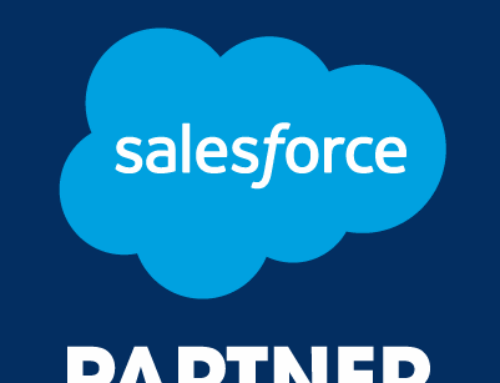The Hunley Herald
The Building Materials Zeitgeist
Between April and May of 2022, Hunley strategists sampled the outlook and collected pain points from a sample representation of our clients across the building materials manufacturing sector.
One of the main themes we ran across is the shortages in the Building Products Industry.
Theme 3: “We’re running the sales prevention department.
There’s no point in acquiring new customers, is what we are hearing from many of our clients. With very limited product to move, their sales teams would simply exacerbate the supply chain issues if they generated more demand. For those in this condition, reps are doing their best to manage relationships and maintain current clients instead of acquiring new ones.
For those with more scalability to product supplies, there is also a lack of discipline with respect to managing the sales pipeline. When a product moves as freely as it does now, and when you have as much pricing power in a market where a simple piece of MDF (particle board) at Lowes has gone from $10 to $50 in the last two years, the effort to close a sale is relatively low.
There’s some measure of concern about the inertia embedded by several years of easy selling and COVID constraints. Prospecting and being a tough competitor is a rusty skill, and the cleaving to sound process must be re-established.
A sampling of viewpoints:
- “We’re on allocation; our lead times are nine months. I have to tell my team NOT to attempt to sell more product.”
- “We can’t make enough [product] – we can’t keep up; service is king.”
- “I would never believe that we’d turn orders away, that we’d price to lose.”
- “We’ve done no prospecting for two years now.”
- “We’re in a constant dance to find a product we do have that we can swap for what was requested.”
- “We don’t have good discipline as a sales organization. Looking at the pipeline in a rigorous fashion is simply not something we’ve done for a while now.”
Theme 4: Winter is coming. Maybe?
Construction is a cyclical industry, and the market has been riding an overheated high for a long time now. Signals are decidedly mixed, but early signs suggest that the start of a decline is emerging.
The last downturn in construction came during The Great Recession. For those in the building industry, it was most definitely a depression, not a recession, as housing starts fell by 70 percent. None of our clients anticipate anything of that severity; today’s market faces a different set of pressures. However, essentially all clients see a material risk of a recession on the horizon and an easing of the overheated residential new construction market as fairly certain. Viewpoints are mixed on the potential severity.
Client anecdotal evidence of early signals picked up on the residential side does not yet show in the primary benchmarks – housing starts. Clients on the commercial side don’t see the same signals yet. As measured in the AIA Billings Index, architect design work remains strong, which is the 12-18 month leading indicator of commercial construction trends. Again, this is mixed, as the historic correlation has been a two-year lag for commercial behind residential trends.
A sampling of viewpoints:
- “Starting to see slowdowns in construction.”
- “Our outlook is a soft landing – there’s a lot of mixed signals.”
- “We are seeing early signs of a downturn in new construction starts.”
- “Financial advisors who say we’re headed for a recession. They’ve been saying that for 2 years; that’s looming over our heads.”
- “We see the downturn coming; developers are slowing builds. A pretty good recession is on its way.”
- “I continue to see strong demand from architects; the commercial sector doesn’t seem to be slowing.”
- “Our signals in commercial, industrial, and infrastructure remain strong and stable.”
No product to move means no new customers. When trying to acquire new customers, sealing the deal with higher prices is unlikely. Is Winter Coming? Signs suggest that the start of a decline is emerging. But in the construction industry, you can never really be sure. So, what’s next?




